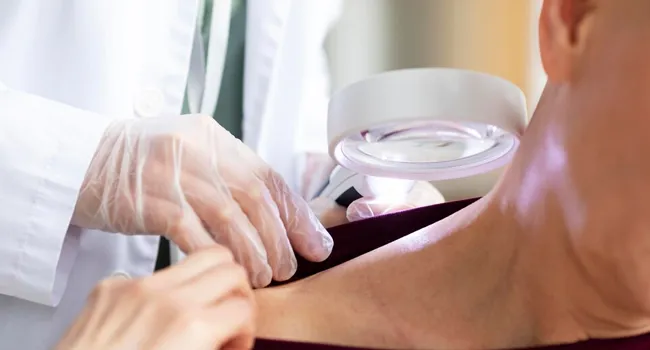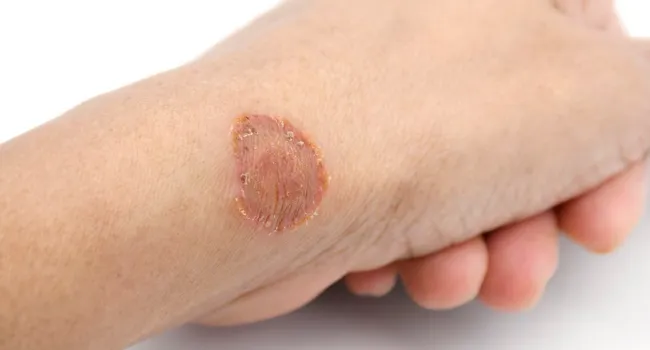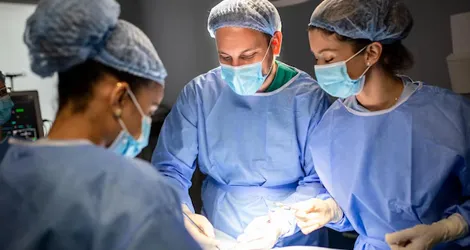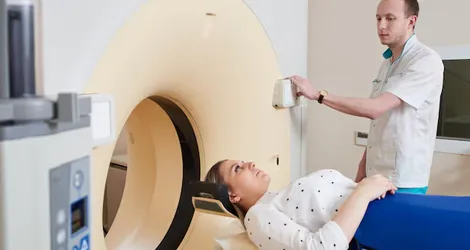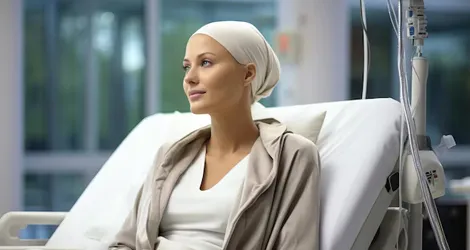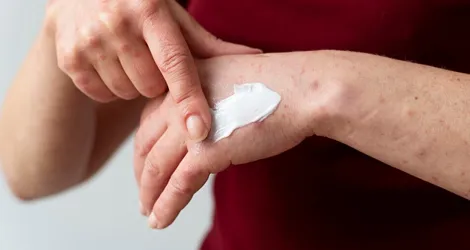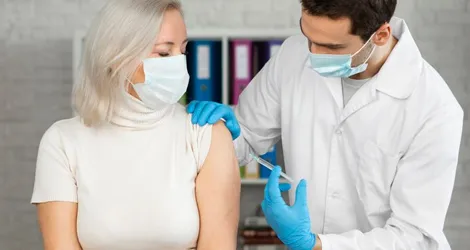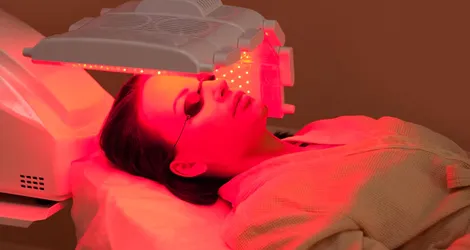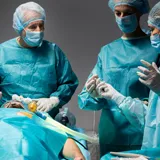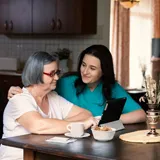Overview
Skin cancer develops when changes in skin cells affect their growth, often due to ultraviolet (UV) light exposure. Signs include new bumps or patches on the skin or changes in the size, shape, or color of existing growths. When detected early, most cases can be treated. Treatment options include Mohs surgery, cryotherapy, chemotherapy, and radiation.
What is Skin Cancer?
Skin cancer happens when abnormal cells grow in your skin. Normally, old skin cells die, and new ones take their place. But sometimes, this process goes wrong, often due to too much exposure to ultraviolet (UV) light from the sun. When that happens, cells grow too fast. Some of these cells are harmless (benign), while others are cancerous.
If not caught early, skin cancer can spread to other parts of the body. The good news is that most cases can be treated successfully if found early. That’s why it’s important to see a doctor if you notice any signs of skin cancer.
Types of Skin Cancer
Non-melanoma skin cancer includes two main types:
- Basal Cell Carcinoma (BCC)
- Squamous Cell Carcinoma (SCC)
These cancers are named after the skin cells where they begin. Some cases may be a mix of both types.
Non-melanoma skin cancer is different from melanoma, which often starts in a mole. This could be an existing mole or a new one that appears on the skin.
BCC is the most common type of skin cancer, making up about 75% of non-melanoma skin cancers. It starts in the basal cells, which are found in the deepest layer of the skin’s outer surface (epidermis).
BCCs usually appear on areas exposed to the sun, such as the face, back, or lower legs. They are most common among middle-aged or older adults. Doctors sometimes refer to them as rodent ulcers.
There are several types of BCC, each with different appearances and behaviors:
- Nodular BCC (The most common type)
- Superficial BCC
- Morphoeic (Sclerosing/Infiltrating) BCC
- Pigmented BCC
BCCs rarely spread to other parts of the body, but having one increases the risk of developing another.
SCC tends to grow faster than BCC, making up about 23% of skin cancers. It starts in keratinocytes, the cells found in the epidermis.
There are several rare types of non-melanoma skin cancer, each requiring different treatments:
- Merkel Cell Carcinoma – A rare cancer treated with surgery, radiotherapy, or both. It may return to the same area or spread to lymph nodes or other parts of the body.
- Sebaceous Gland Cancer – Affects the oil-producing glands in the skin. Surgery is the usual treatment.
- Kaposi’s Sarcoma – A cancer that starts in blood vessel lining cells. It’s often linked to HIV but can occur in anyone. Treatment may involve surgery, radiotherapy, or chemotherapy.
- T-cell lymphoma of the Skin (Primary Cutaneous Lymphoma) – A type of non-Hodgkin lymphoma that affects the skin. Treatment varies based on the specific type.
Bowen’s Disease
Bowen’s disease is an early, slow-growing form of non-melanoma skin cancer. It appears as a small red, scaly patch that may be itchy, usually on sun-exposed areas like the head, neck, or lower legs. It can also develop in moist areas like the mouth or genital region.
If left untreated, Bowen’s disease may turn into squamous cell carcinoma.



